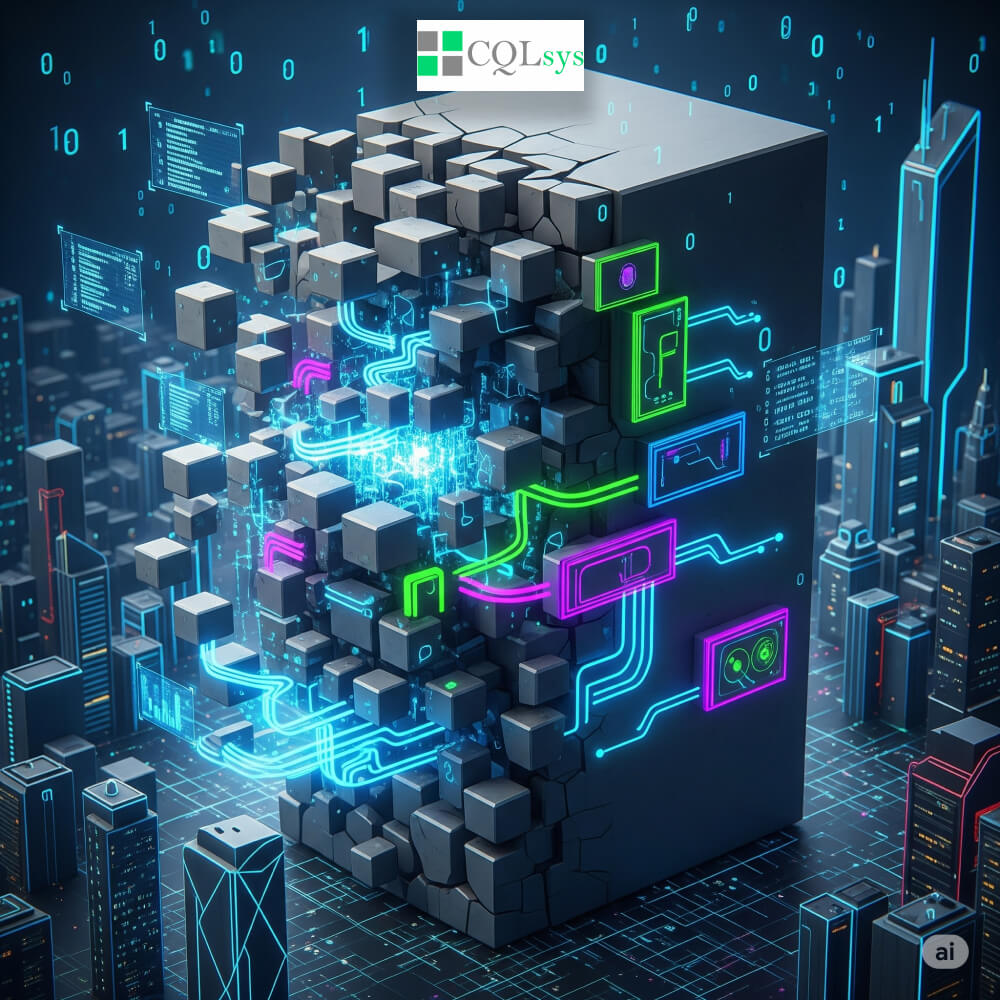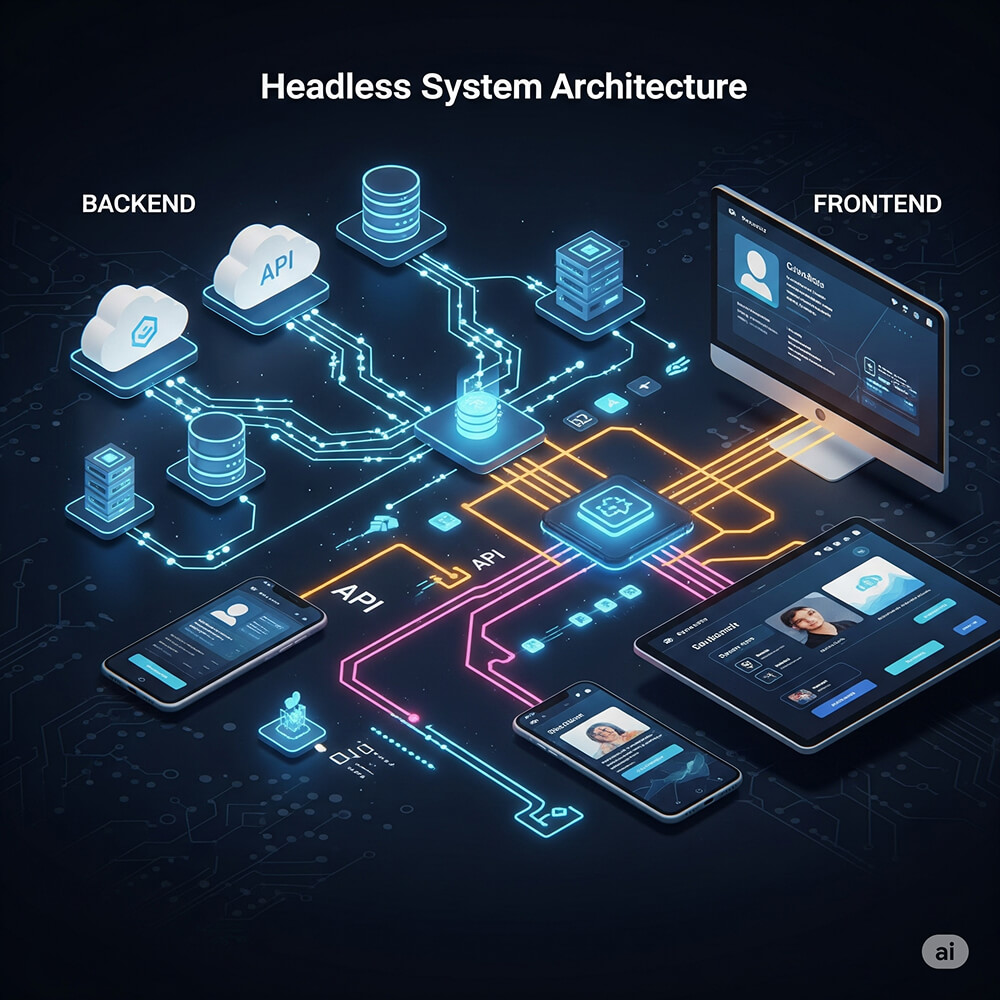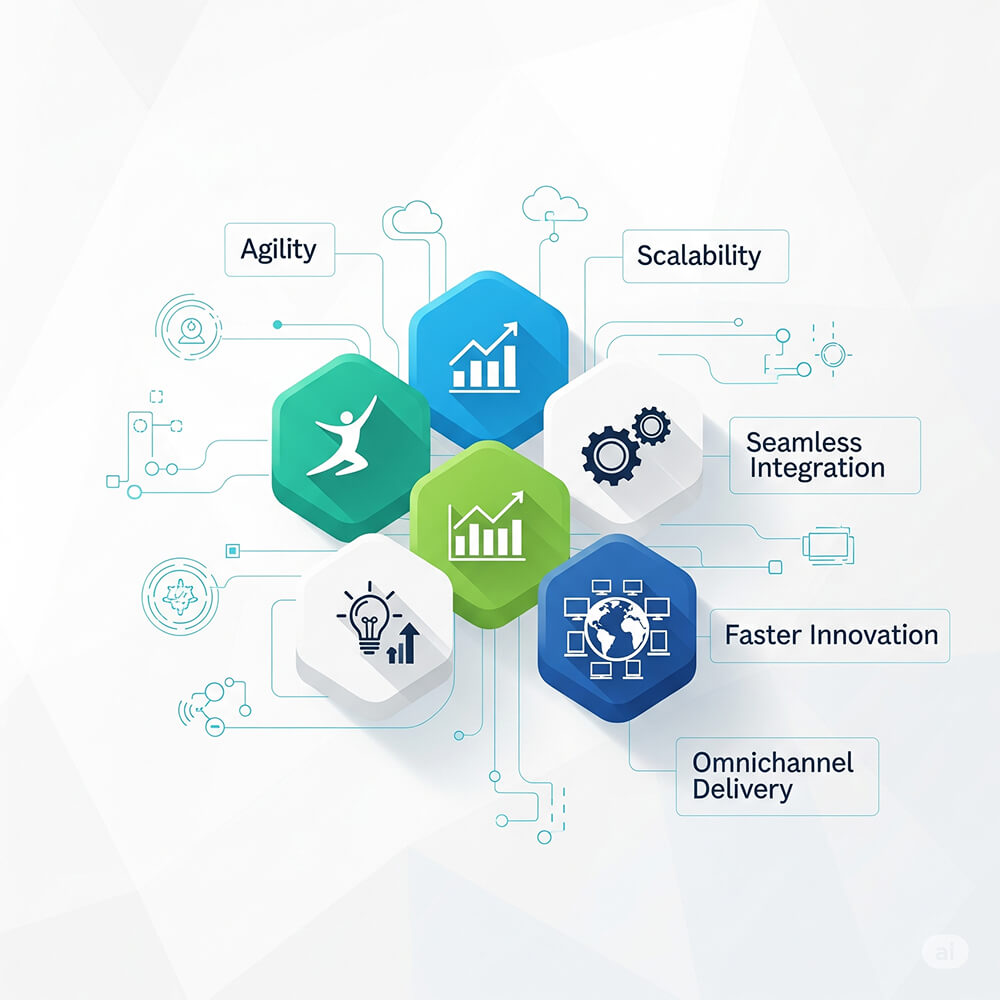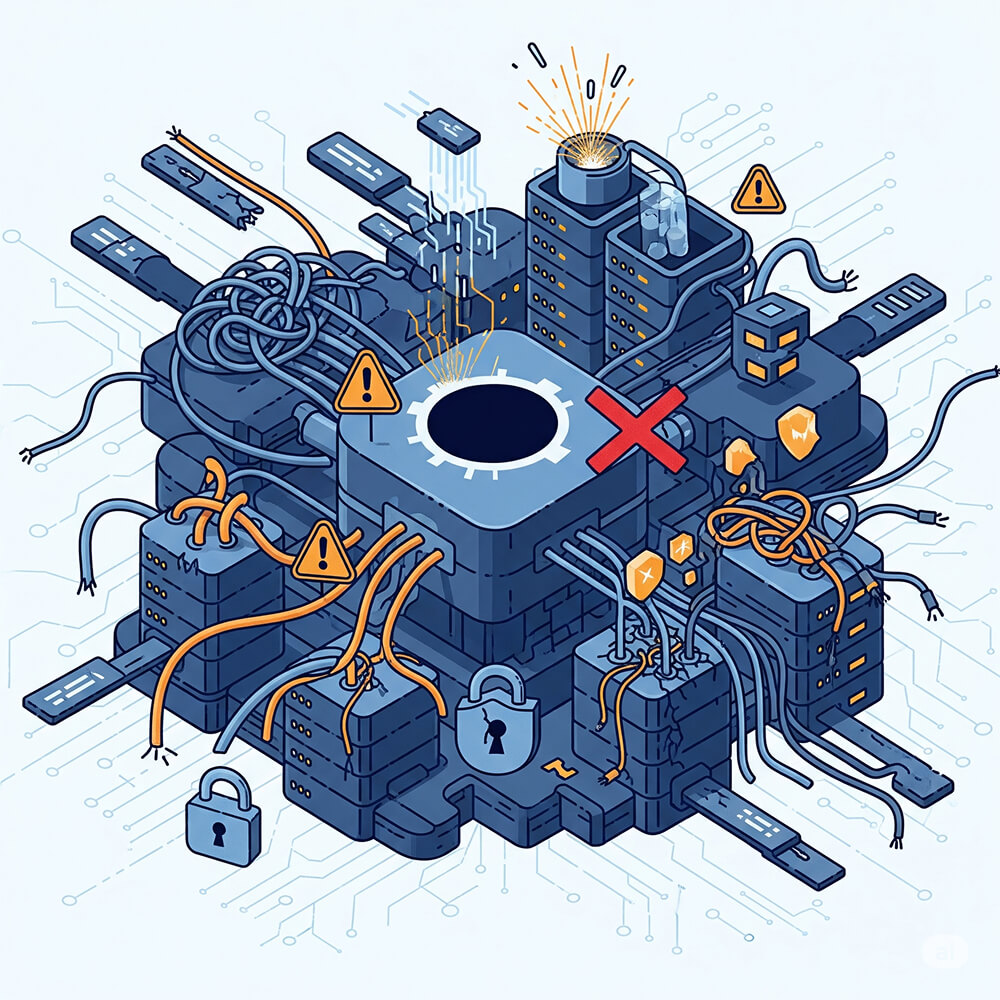From Monoliths to Modular: How Headless Architecture Solves Today’s Digital Challenges

The digital landscape has undergone a profound transformation. Just a few years ago, a single website was the primary—and often only—digital touchpoint for a business. Today, that is no longer the case. We live in an omnichannel world where users expect fast, seamless, and consistent experiences across desktop websites, native mobile apps, digital kiosks, smart speakers, wearables, and augmented reality (AR) interfaces.
This radical shift has exposed the critical limitations of traditional monolithic systems. Legacy platforms, such as an all-in-one content management system (CMS) or a conventional e-commerce platform, tightly couple the frontend (user interface) with the backend (content, data, and business logic). Every new platform, major redesign, or content update becomes costly, complex, and time-consuming.
Headless architecture addresses this challenge. It empowers modern businesses to build once and publish everywhere, offering a flexible and scalable solution for today’s diverse digital demands.
What Is Headless Architecture? A Modern Approach to Building Digital Systems
To fully grasp the power of headless, we must first understand its core concept: decoupling.
A traditional monolithic system is like a single, massive machine. The content, templates, design, and database are bundled together, making even simple changes complex and risky. A headless system decouples the frontend (head) from the backend (body), turning the backend into a pure content and data source exposed via APIs like REST or GraphQL.
Frontends (websites, apps, and devices) are built separately using modern frameworks like React, Vue.js, or Flutter. These frontends fetch data from the backend API, rendering it optimized for each platform. This separation of concerns allows teams to build, manage, and scale each layer independently.
The Technical Mechanics: How Headless Systems Work

A typical headless setup involves three core layers:
Backend System (The Headless Server)
The central data repository. For content-driven sites, this could be a headless CMS like Contentful or Strapi. For e-commerce, platforms like Shopify Plus or Commercetools. It manages all essential data and serves as the single source of truth.
API Layer (The Connector)
The API is a secure bridge. Frontends request content (e.g., product data), and the API delivers it in a standardized format, usually JSON. It enables seamless communication between backend and frontends.
Frontend Applications (The Heads)
User-facing interfaces built independently of the backend. They fetch data via the API and render it for multiple platforms—web, mobile, digital displays, or wearables.
Key Benefits of Headless Architecture: A Strategic Imperative for Modern Businesses

1. Omnichannel Content Delivery (COPE: Create Once, Publish Everywhere)
Power consistent, high-quality experiences across multiple platforms. Content is created once and seamlessly published everywhere, reducing duplication and maintaining a unified brand message.
2. Developer Freedom and Faster Time to Market
Developers choose best-of-breed tools and frameworks. Parallel workflows between content and development teams reduce bottlenecks and accelerate releases.
3. Superior Performance and SEO
Headless frontends are lean, fast, and optimized for SEO. Frameworks with SSG or SSR improve page load times and Core Web Vitals while enabling structured data and URL management.
4. Unmatched Scalability and Flexibility
Modular architecture allows independent scaling of frontends or backend. New APIs and services can be integrated without system-wide disruption.
5. Future-Proofing for Innovation
Easily adapt to new devices and platforms without overhauling backend systems. Content and logic separation ensures readiness for future digital trends.
Challenges of Headless Architecture: What to Consider Before Making the Switch

- Higher Initial Setup Costs: Frontends must be built from scratch.
- Greater Technical Complexity: Managing CMS, frontend, API, and hosting systems requires expertise.
- Requires Developer Involvement: Minor design changes often need technical support.
- Not Ideal for Simple Projects: Small blogs or basic sites may benefit more from monolithic platforms.
Real-World Applications and Success Stories
- E-commerce: Nike and Target use headless commerce for personalized, fast-loading shopping experiences.
- Media and Publishing: News outlets publish content simultaneously across websites, apps, smart TVs, and syndication partners.
- IoT and Smart Devices: Smart fridges or voice assistants fetch backend content for multiple interfaces seamlessly.
Conclusion: A Strategic Imperative for a Modular Future
Headless architecture provides the flexibility, performance, and scalability needed to thrive in an omnichannel world. By decoupling frontend and backend, teams can innovate faster, deliver consistent experiences, and future-proof digital ecosystems.
Frequently Asked Questions About Headless Architecture
What are the benefits of using headless architecture?
- Faster development and updates through decoupled layers.
- Omnichannel content distribution (COPE).
- Better performance and SEO via lean frontends.
- Easier integration with third-party tools.
- Future-proofing for AR/VR, wearables, and voice assistants.
Is headless CMS the same as headless architecture?
No. A headless CMS is a specific application of headless architecture, which applies to various systems including e-commerce, IoT, and apps.
Who should consider going headless?
Brands delivering content across multiple platforms, needing faster releases, better SEO, and scalable modular systems.
What are the challenges of headless architecture?
- Higher upfront development costs.
- Technical expertise required for APIs and frontend frameworks.
- Tool sprawl and system complexity.
- Not ideal for small/simple sites.
What is the difference between headless and traditional CMS?
A traditional CMS (like WordPress or Drupal) tightly couples the frontend and backend, making them interdependent. A headless CMS separates the content-only backend from the frontend UI, allowing for content reuse and faster performance across different platforms via APIs.
How does headless architecture improve SEO?
Headless frontends built on modern frameworks (e.g., Next.js) deliver faster page loads and better user experiences, which search engines favor. This approach gives developers full control over metadata and structured data, making it easier to implement technical SEO best practices and prepare for Answer Engine Optimization (AEO)..
Can headless architecture be used for e-commerce websites?
Absolutely. Headless e-commerce platforms (e.g., Shopify Plus or BigCommerce) allow businesses to create high-performance, custom shopping experiences while managing products and data centrally through APIs for omnichannel sales.
Is headless architecture suitable for small businesses?
It depends. While the flexibility and scalability are attractive, the higher upfront costs and technical complexity may not be cost-effective for very small businesses or MVPs. However, for a growing business with a clear vision for future expansion and multiple digital channels, a phased headless approach can be a strategic, long-term investment.
Ready to Go Headless?
Thinking of transitioning to a headless setup but not sure where to begin? As a custom software development agency, CQLsys Technologies can help you navigate this transition. Whether you need a strategy roadmap, a tech stack recommendation, or full-scale implementation, we're here to help you future-proof your digital platforms with scalable, secure, and lightning-fast headless solutions.
Contact Us for a Free Consultation.
